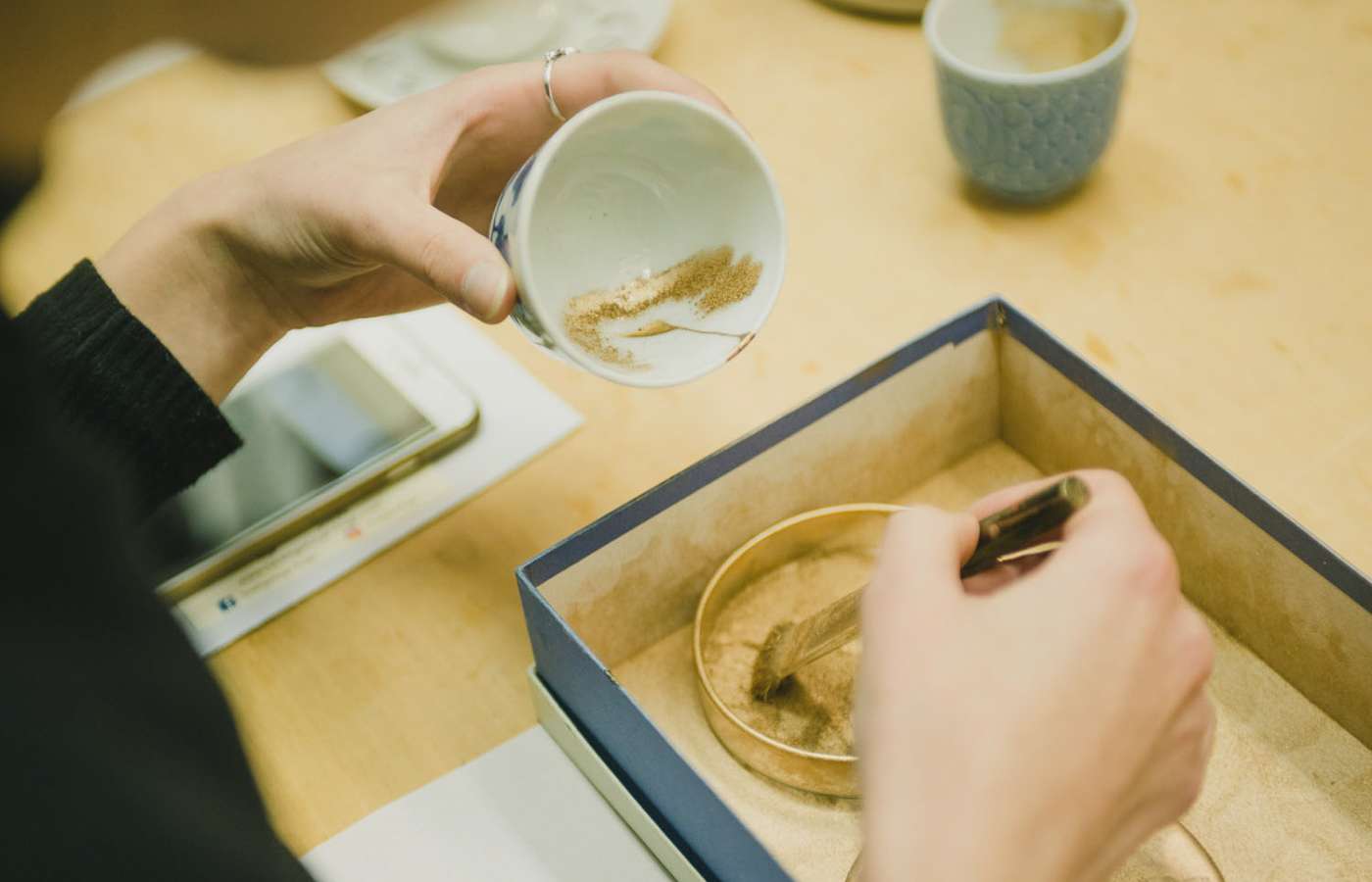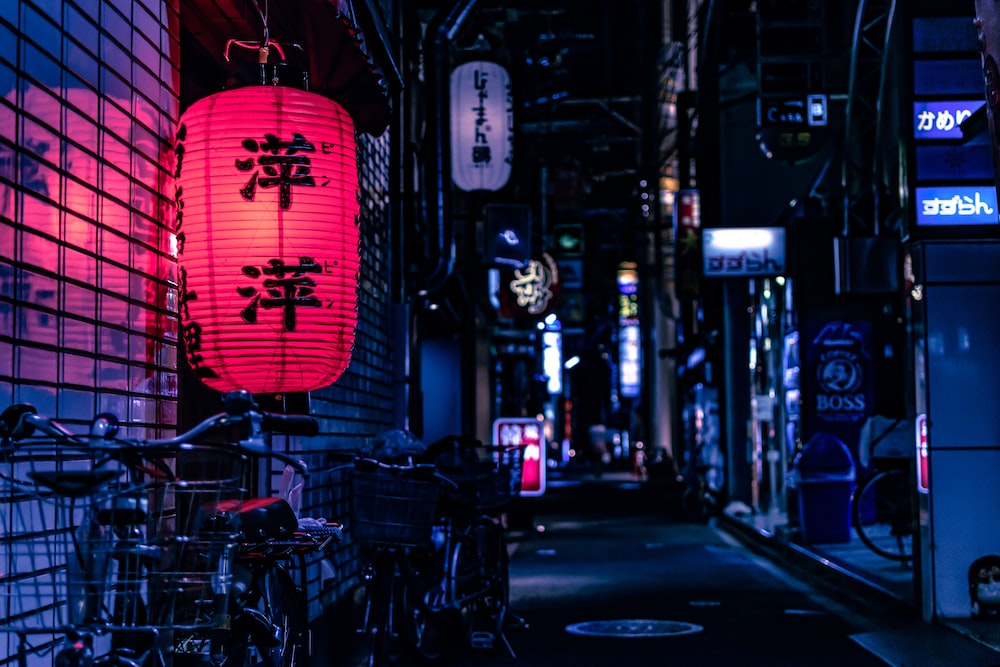The Japanese aesthetic tradition encompasses diverse tastes and arts, from minimalist Noh theatre to flamboyant Kabuki theatre, monochrome brush ink paintings to gold-gilded screen paintings, and simple tea huts to majestic castles. Among these, one distinctive theme stands out: the celebration of imperfection and insufficiency. This Japanese appreciation embraces objects with defects, an impoverished look, or aging effects, as well as landscapes and the obscured moon. This aesthetic phenomenon is deeply rooted in Japanese culture, with connections to history, philosophy, and social aspects.
Embracing Flaws
The aesthetics of imperfection and insufficiency in Japanese culture have deep historical roots. The appreciation of objects with defects, an impoverished appearance, or aging effects can be traced back to the tenth-century court lady Sei Shōnagon, who found beauty in cloudy mirrors and wild, weedy garden ponds. Yoshida Kenkō, a retired Buddhist monk from the thirteenth century, further developed this aesthetic, stating that cherry blossoms in the rain and faded flowers evoke deeper emotions than those in full bloom. He also found beauty in objects that show wear and tear or are incomplete.

During the sixteenth century, this aesthetics of imperfection gained prominence through the tea ceremony. Found objects with existing damage or aging were incorporated into artistic creations. Tea gardens used weather-beaten rocks and tea huts were intentionally made to appear rustic and impoverished. Tea wares and utensils for the ceremony, such as irregularly shaped Korean peasant bowls with chips and cracks, were highly esteemed. Accidental damages or signs of age were not repaired, and many tea wares were cherished precisely because of their seeming defects.

Tea masters took this appreciation a step further by deliberately creating the appearance of imperfection and impoverishment. They commissioned potters to emulate the rusticity of Korean wares and even made iconoclastic acts, such as altering elaborate Chinese silk paintings to appear less opulent. Tea masters broke handles on vases or tea bowls to diminish their well-formed appearance, adding a sense of unpredictability and intrigue.
The aesthetics of imperfection and insufficiency in Japanese culture challenge the conventional notions of perfection and completeness. The appreciation of imperfections stems from a desire to embrace the transient and imperfect nature of existence. It also reflects a deeper philosophical understanding that uniformity and completeness can be undesirable. By celebrating imperfection, the Japanese aesthetic tradition finds beauty in the flawed, the aged, and the obscured, connecting with the impermanence and transience of life.
Aesthetics Consideration
Contrast plays a significant role in the aesthetics of imperfection and insufficiency in Japanese culture. The traditional Japanese design principle emphasises harmony through the juxtaposition of contrasting elements. This principle is applied in various art forms, such as Japanese gardens and haiku poetry. By combining materials or objects with contrasting qualities, each element contributes to the unity of the whole, creating a spontaneous and harmonious aesthetic experience.
The appreciation of imperfection is rooted in the desire to create contrast. The opulent or perfect is juxtaposed with the impoverished or imperfect to enhance each other’s qualities. For example, an exquisite painting may not stand out if it is framed with an equally gorgeous scroll. Conversely, irregularly shaped objects gain aesthetic value when placed in a setting with regular patterns. This deliberate contrast can be observed in tea ceremonies, where misshapen tea utensils are paired with geometrically shaped tatami mats, creating a visual and tactile contrast.
Contrast also operates in the realm of imagination. Even in the absence of actual perfect conditions, the contrast between perfection and imperfection can be imagined. The obscured moon, fallen cherry blossoms, and the end of a love affair, which may be considered falling short of the optimal condition, evoke greater interest and allure through imagination. The view of something half-obscured or partially exposed stimulates the imagination, creating a sense of mystery and enchantment.
The appreciation of the imperfect and insufficient is driven by curiosity and the desire to uncover the history and stories behind them. A broken object, for instance, invites contemplation of its optimal condition, the circumstances leading to its damage, and the aesthetic value attributed to it by those who continue to use and appreciate it. The presence of imperfections leaves room for interpretation and invites engagement with the object.
Interestingly, objects and phenomena in their optimal condition do not evoke the same level of curiosity and imagination. The deviation from the expected or imagined perfection surprises and captivates us, triggering a sense of wonder and curiosity. While we yearn for objects and phenomena in their optimal state, the aesthetics of imperfection challenges the common taste by highlighting the beauty and allure found in the imperfect and insufficient.
The aesthetics of imperfection has been a subject of debate among scholars and critics. Some argue that it goes against the natural inclination to appreciate clarity and perfection. However, proponents of this aesthetics, such as Kenkō and Norinaga, see it as a means to transform disappointing or dissatisfying experiences into positive ones. By challenging the notion of “natural” aesthetic attraction, the aesthetics of imperfection offers a fresh perspective and a new way of engaging with the ordinary.

Social/Political Considerations
The aesthetics of imperfection and insufficiency in Japanese art and culture are not only rooted in sensory qualities but also in philosophical and religious considerations. While appreciating imperfection and insufficiency, it is important to note that this celebration presupposes the yearning for and attainability of the optimum condition. The appreciation of imperfection is based on the value of contrast, where the perfect and opulent are juxtaposed with the imperfect and impoverished to enhance each other’s qualities.
This aesthetic sensibility was not born out of necessity or deprivation but emerged from the position of social privilege and cultural sophistication. The proponents of this aesthetics, such as Sei Shōnagon and Yoshida Kenkō, belonged to the cultural elite and had the luxury to adopt a purely aesthetic attitude towards signs of imperfection and insufficiency. Their privileged position allowed them to appreciate and find beauty in the imperfect without being confined to dealing with simple materials or defective objects.
The aesthetics of imperfection and insufficiency found a significant place in the art of the tea ceremony. Wealthy merchants who practiced the tea ceremony under generous patronage from shoguns sought to counterbalance the ostentatious display of wealth and power by embracing the aesthetics of imperfection. Tea huts were deliberately made to appear rustic and impoverished, emphasizing humility and simplicity. The tea masters acted as aesthetic consultants to the shoguns and played a political role in promoting this aesthetic sensibility.
Underlying this aesthetics is a philosophical foundation rooted in indigenous Shintoism and Zen Buddhism. Shintoism affirms and celebrates everything in the world, expressing a nature worship perspective. Zen Buddhism, introduced to Japan in the twelfth century, provided a direct philosophical basis for the aesthetics of imperfection. Zen Buddhism’s egalitarian view of the Buddha nature, which recognizes the value in all objects and activities, supports the affirmation of the facticity of everything existent.
Zen Buddhism challenges the ordinary human tendency to appreciate the perfect and opulent while being disappointed with imperfection and insufficiency. It teaches the importance of seeing things as they truly are, free from preconceived ideas. Zen thinkers transmit their worldview through aesthetic means, such as the tea ceremony and haiku poetry, elevating the mundane and ordinary to an artistic height. They invite individuals to experience the world from a Zen standpoint, appreciating the value in imperfection and insufficiency.
The aesthetics of imperfection also serves as a means to cope with the challenge of transience, a central theme in Buddhism. Zen Buddhism introduces a positive celebration of transience, emphasizing the beauty and value in the impermanence of all things. The aesthetics of imperfection aligns with this celebration of transience by cherishing the signs of aging, decay, and imperfection in objects. It encourages acceptance of the universal condition of transience and fosters an existential dimension of finding beauty and meaning in the impermanent nature of life.
While there may be debates and criticisms surrounding the social and political implications of this aesthetics, its philosophical and religious foundations offer a means to justify and appreciate life in all its imperfections. The aesthetics of imperfection invites individuals to embrace the imperfect and insufficient, fostering a deeper understanding of the nature of existence and cultivating virtues such as acceptance and contentment
Conclusion
the aesthetics of imperfection and insufficiency in Japanese culture are a unique and profound expression of artistic appreciation. Rooted in historical, philosophical, and social contexts, this aesthetic tradition challenges conventional notions of perfection and completeness. By embracing flaws and celebrating the imperfect, Japanese art forms create contrast, stimulate imagination, and evoke curiosity. The aesthetics of imperfection also carries social and political implications, acting as a means to counterbalance displays of wealth and power while promoting humility and simplicity. Moreover, it finds its philosophical foundation in indigenous Shintoism and Zen Buddhism, affirming the value of all objects and embracing the transient nature of existence. Ultimately, this aesthetic sensibility invites individuals to find beauty and meaning in the imperfect and insufficient, fostering a deeper appreciation for life’s imperfections and cultivating virtues of acceptance and contentment.

Contributor





